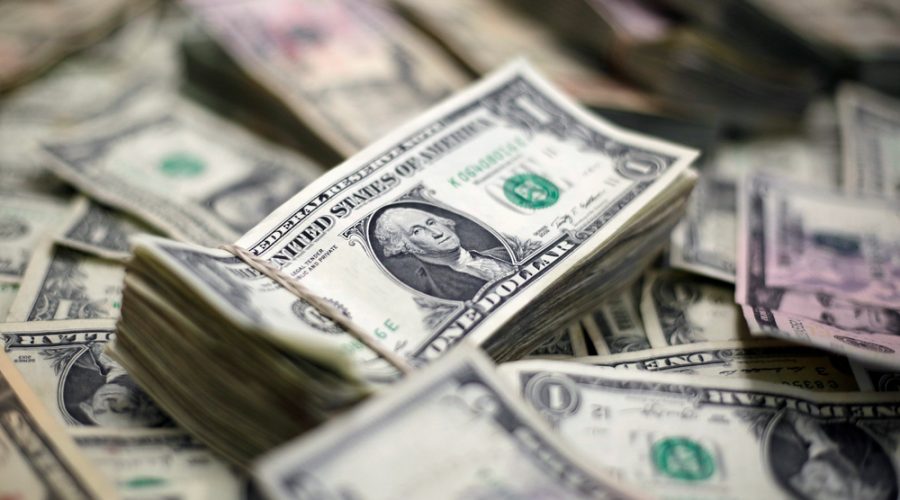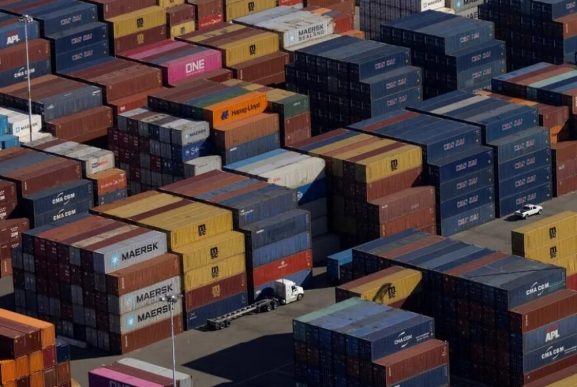Impact of Rising Dollar: What Its Highest Level in Over Two Weeks Means for Business Owners in Oman
Tokyo, July 9 – The dollar has risen to its highest level in over two weeks against the yen, following a commitment from the U.S. President to announce more trade-related measures after imposing a 25% tariff on Japan and other trade partners.
The dollar also gained against other major currencies after recent U.S. threats of additional tariffs starting August 1.
The President stated on social media that there would be announcements today concerning “at least seven countries related to trade,” without providing further details, hinting at a possible 50% tariff on imported copper, as well as on semiconductors and medications.
Despite its recent gains, the dollar index, measuring the performance of the U.S. currency against six major currencies, is still down more than 6% since President Trump revealed comprehensive retaliatory tariffs on April 2, which triggered a wave of selling in the markets. However, he later postponed these measures to allow time for negotiations on bilateral trade agreements.
Ray Attrill, Head of Foreign Exchange Strategy at the National Australia Bank, remarked, “The market’s reaction to the second round of retaliatory tariffs has negatively impacted the dollar, based on concerns that these actions could inflict similar or greater damage on the U.S. as they would on other countries.”
The dollar rose 0.1% to 146.75 yen, after touching 147.19 against the Japanese currency, marking a 1.5% increase since the beginning of the week, the largest weekly gain since mid-December.
Japan, heavily reliant on exports, remains one of the U.S.’s key trade partners, but an agreement seems distant. Its currency has taken a significant blow as time runs short, with multiple rounds of talks failing to yield progress.
The euro held steady at 1.171 dollars as markets cautiously assessed the likelihood of the EU receiving any announcements regarding tariffs and potential exemptions from the standard 10% duty, according to Reuters.
The dollar index remained stable at 97.60 points, while the British pound increased slightly to 1.36 dollars. The New Zealand dollar rose 0.1% to 0.60 dollars after the central bank kept interest rates unchanged, as expected, while signaling potential near-term inflation risks.
Special Analysis by Omanet | Navigate Oman’s Market
The recent escalation in U.S. tariffs and fluctuations of the dollar against major currencies, particularly the yen, signal potential risks for Omani businesses engaged in international trade, especially those reliant on U.S. imports. As the global trade landscape becomes increasingly volatile, investors and entrepreneurs should consider diversifying supply chains and hedging against currency risks to safeguard their operations. Additionally, this environment may open avenues for local production initiatives that capitalize on the increased cost of imports due to tariffs.
Source: Oman News



